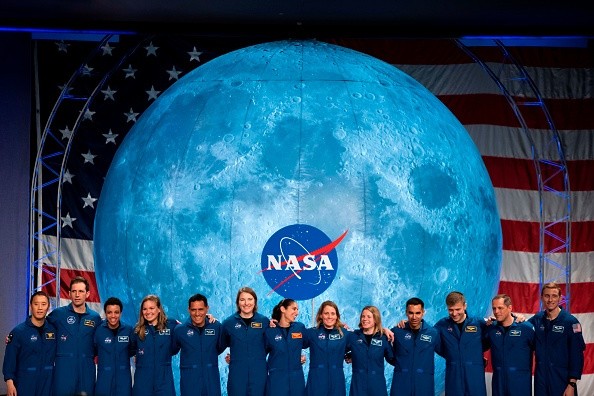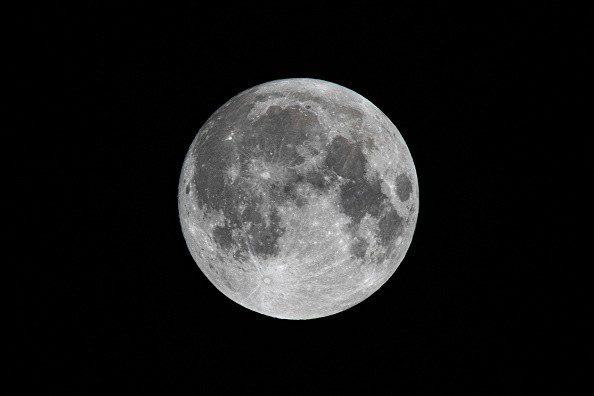NASA wants to go back to the moon. And you probably already know this, otherwise, you wouldn't be on this site reading this article. Their next mission after Apollo is called Artemis, though it will be delayed a little bit due to several circumstances.
The NASA Artemis mission will cost an insane $86 billion in total through 2025, according to SpacePolicyOnline. But why spend that kind of money on a return trip when there are already other worlds within reach for manned missions: say, Mars? To answer that question, here are five great reasons why sending a new manned expedition back to the moon is a great idea.

Human Exploration Yields Far Better Results
In an article on ScienceFocus, astronaut commander Chris Hadfield shared his insight. According to him, a manned mission will be far better equipped than a remote-controlled, machine-based one because of humanity's inquisitive nature.
Considering the moon as a still unknown frontier, Hadfield likens exploring it to build a Antarctica weather station. All that the station can do is record the wind and temperature, but discovering the secrets beneath the ice can never be found by machines that lack inquisitiveness. Only humans have that quality. This means that the moon (or any other planetary body) would yield far more secrets and teach scientists way better than just letting robots run about there.
These secrets can then be used to inform future missions and improve them tenfold. Failing is a natural part of the exploration process, and the NASA Artemis mission won't be short of that. But these failures would make it so much easier to expand and improve space exploration technologies for the near future. This then leads to the next item on this list...
NASA's Moon Mission Is a Stepping Stone
Going back to Chris Hadfield's reasoning, a new NASA moon mission will serve as a massive and easier-to-reach stepping stone. It's easier to reach because, well, the moon is much closer to Earth than Mars is. But if the grand plans of colonizing Mars are to come true, humanity must get even more familiar with the moon first.
This is what businessman Robet Bigelow believes, as written in Space.com. His company Bigelow Aerospace aims to be among the first private companies to launch private space station modules into space. He says that it needs to start with the moon to get humanity even more prepared for potentially colonizing Mars.

NASA can use the moon to train astronauts for further manned missions. They could build forward bases, training grounds, and perhaps even a resupplying station that could make it easier to reach further into the stars. NASA could also use the moon to host experiments that will improve resource usage and cultivation.
It's A Good Place To Offload Industrial Pollution
While this sounds a little problematic, all you need to do is take a closer look to see that it isn't. Technically, there is no such thing as "polluting" the moon. How can you pollute something that is dead to begin with?
According to Leaps.org, the moon's relatively "dead" nature makes it a perfect location for building factories. There's no air, water, or fertile soil to pollute there. In the near future, once NASA has figured out how to establish a forward station on the moon, Earth could offload several of its factories there and ease the grit and grime that our planet has to deal with.
This article is owned by Tech Times
Written by RJ Pierce
ⓒ 2025 TECHTIMES.com All rights reserved. Do not reproduce without permission.




